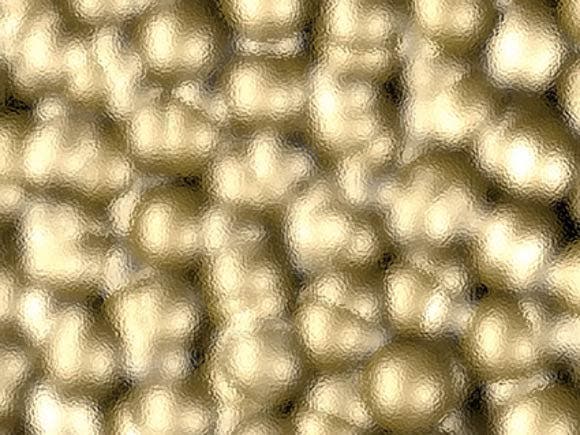By now, we’ve all hopefully at least heard of graphene, the new wonder material that promises to revolutionize a swarm of applications. But now, a team of researchers from Finland have predicted the existence of atomically thin, free-standing 2D liquid phase – a liquid analogue of graphene.

Graphene is a one-atom thick sheet of carbon – basically a 2 dimensional material. Scientists have theorized about graphene for decades and it was almost certainly produced in small quantities for centuries through the use of pencils and other similar applications of graphite, but it was first measurably produced and isolated in the lab in 2003. Due to its unique structure, graphene has some remarkable properties, including virtually unlimited heat conductivity, light sensitivity, huge surface area and extremely high strength. As of 2015, graphene is not used in commercial applications, but many uses for graphene have been proposed or are under development, in areas including electronics, biological engineering, filtration, lightweight/strong composite materials, photovoltaics and energy storage.
Just ten years ago, 2D materials were considered impossible, and now we have graphene. 2D liquids were also considered impossible, and now, scientists are already starting to predict them. Physicists at the University of Jyväskylä have conducted quantum simulations, predicting a liquid phase in atomic gold that would patch small pores of graphene.
According to their simulations, the gold atoms would flow and change places in the graphene plane, so basically, it would be liquid.
“Here the role of graphene is similar to circular rings through which children blow soap bubbles,” said Dr Pekka Koskinen, lead author on the paper published in the journal Nanoscale. In general, the existence of a 2D liquid phase requires three conditions. First, the pore template itself has to remain stable at high temperatures, a condition easily met by graphene,” the scientists wrote in the paper.
The second and third conditions are even more difficult.
“Second, edge interactions need to favor planar bonding and be robust enough to endure high temperatures. Our supplementary calculations showed that the gold-carbon interface has bending rigidity comparable to that of the 2D gold membrane, which is sufficient to retain the patch steady under gold diffusion. Third, the membrane itself has to display 2D diffusion before out-of-plane fluctuations grow too large and initiate rupturing.”
However, this is still a theory, and experiments still need to confirm the theories – and that’s highly problematic.
“Unfortunately, simulations suggest that the flat liquid is volatile,” Dr Koskinen said. In experiments the liquid membrane might burst too early, like a soap bubble that bursts before one gets a proper look at it. But again, even graphene was previously considered too unstable to exist.”


